Bulbs
Flower Basics
Flower Beds & Specialty Gardens
Flower Garden
Garden Furniture
Garden Gnomes
Garden Seeds
Garden Sheds
Garden Statues
Garden Tools & Supplies
Gardening Basics
Green & Organic
Groundcovers & Vines
Growing Annuals
Growing Basil
Growing Beans
Growing Berries
Growing Blueberries
Growing Cactus
Growing Corn
Growing Cotton
Growing Edibles
Growing Flowers
Growing Garlic
Growing Grapes
Growing Grass
Growing Herbs
Growing Jasmine
Growing Mint
Growing Mushrooms
Orchids
Growing Peanuts
Growing Perennials
Growing Plants
Growing Rosemary
Growing Roses
Growing Strawberries
Growing Sunflowers
Growing Thyme
Growing Tomatoes
Growing Tulips
Growing Vegetables
Herb Basics
Herb Garden
Indoor Growing
Landscaping Basics
Landscaping Patios
Landscaping Plants
Landscaping Shrubs
Landscaping Trees
Landscaping Walks & Pathways
Lawn Basics
Lawn Maintenance
Lawn Mowers
Lawn Ornaments
Lawn Planting
Lawn Tools
Outdoor Growing
Overall Landscape Planning
Pests, Weeds & Problems
Plant Basics
Rock Garden
Rose Garden
Shrubs
Soil
Specialty Gardens
Trees
Vegetable Garden
Yard Maintenance
How to Grow Herbs
How to Grow Herbs . Most herbs are classified as such because they serve some purpose, whether culinary, medicinal, as a fragrance or as a dye. Knowing what your primary passion is for herbs, even if it's as simple as having a few plants for herbal tea, will help you choose the right herbs. Growing herbs involves more than knowing what you like,...
Most herbs are classified as such because they serve some purpose, whether culinary, medicinal, as a fragrance or as a dye. Knowing what your primary passion is for herbs, even if it's as simple as having a few plants for herbal tea, will help you choose the right herbs. Growing herbs involves more than knowing what you like, however. It also includes choosing the right herbs for the right site and caring for them properly.
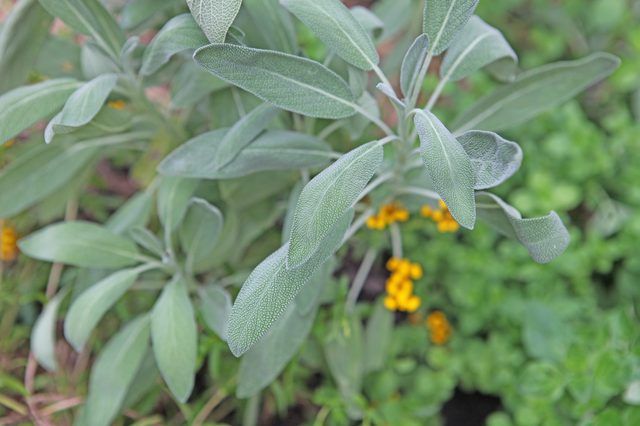
The weather conditions in which you live have some bearing on which herbs you can grow -- or at least whether or not they can be grown as garden perennials. If you live in the snowy north, then lemon verbena (Aloysia citriodora), which is perennial, or hardy, in U.S. Department of Agriculture plant hardiness zone 8 through 10, won't survive the winter unless you take it inside. Instead, plant lemon balm, also called bee balm (Melissa officinalis, USDA zones 3 through 7), which also yields a citrus scent and flavor.
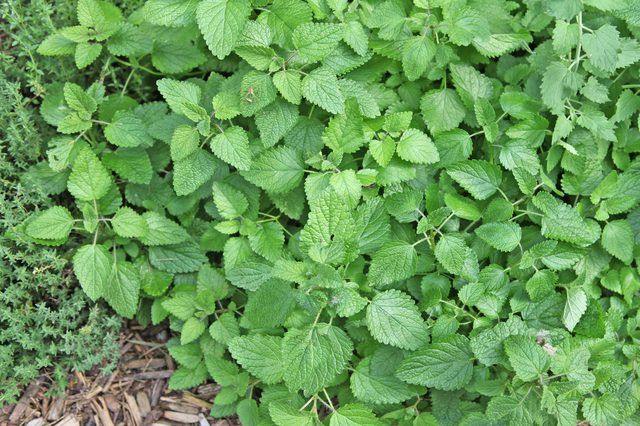
Take care where you plant your new herbs. Along with the macro-climate, consider the micro-climate -- the garden location. A sun-baked yard makes a poor site for sweet woodruff (Galium odoratum; USDA zones 5 through 8), which does best in shady, moist conditions. On the other hand, it's an ideal setting for Mediterranean culinary herbs, which thrive in heat and full sun. Although soil conditions can be amended somewhat, knowing that Mediterranean herbs such as oregano, including Russian oregano (Origanum vulgare subspecies gracile, USDA zones 4 through 8), need well-draining, even sandy soil in order to thrive will help you find the perfect spot.
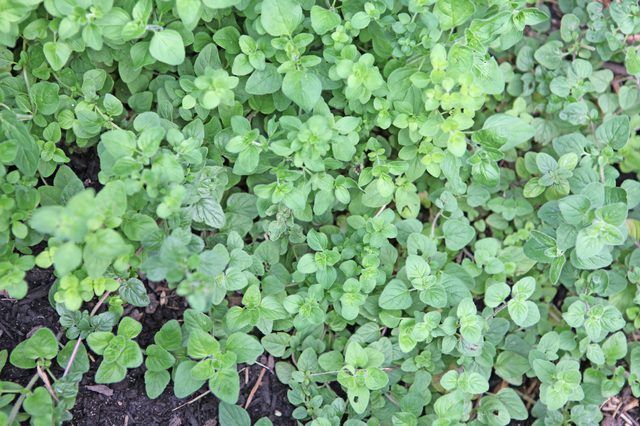
If your chosen garden spot holds soil that isn't quite right for your chosen herbs, then amendments can help. Compost cures a number of ills, whether it's loosening hard-packed soil or improving soil that drains too quickly. Compost also adds nutrients, which may be a negative aspect for herbs that do better in poor soil; such herbs include yarrow (Achillea millefolium, USDA zones 3 through 9). Sand works well to improve drainage in a bed designated for growing the Mediterranean herbs that are used to sandy, infertile soil.
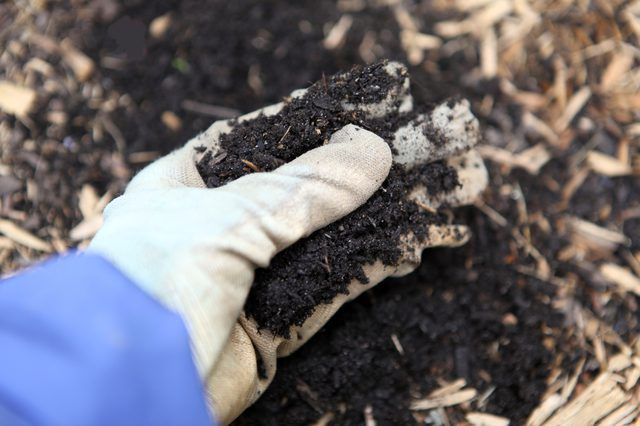
Perennial herbs will be with you a long time. So plant their seeds and seedlings with care. Each seed packet or seedling's nursery tag will likely have spacing recommendations. If not, then find the mature width of your herbs by using reputable sources with information by plant experts, and give the plants extra space for good air circulation. Your county's Cooperative Extension Service staff also can help, as well as warn you about plants that are invasive in your area. Many of the mints (Mentha spp., USDA zones 4 through 9) are notorious spreaders for example. So gardeners either contain them in pots or plant them in an out-of-the-way area.
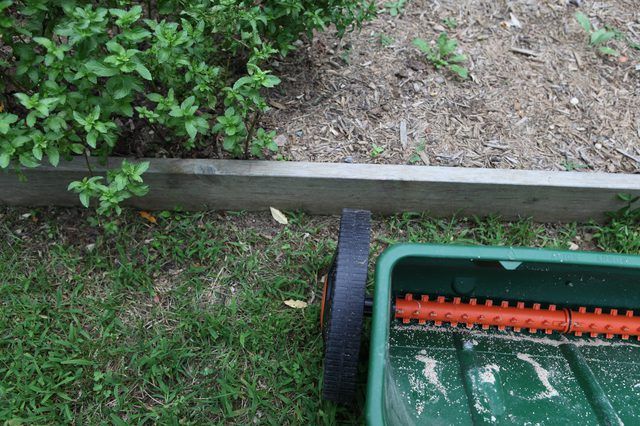
Some herbs, such as the fleshy-leafed annual basil (Ocimum basilicum), need regular watering to keep their soil consistently moist. If, however, you site your perennials in the position that works best for them, they won't need much supplemental watering. Ideally, you've put a plant such as "Kentucky Colonel" spearmint (Mentha spicata "Kentucky Colonel," USDA zones 5 through 9), which prefers moist to damp or wet soil, near a stream or boggy part of your garden while saving the rocky, dry parts for oregano and other Mediterranean herbs. In times of severe drought, however, both types of plants may need extra water.
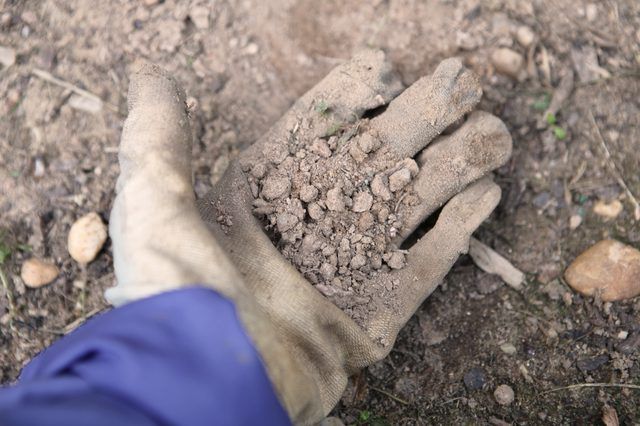
Many herbs don't require extra fertilizer during the growing season and actually may suffer from overly rich soil. The herbs that thrive in dry, infertile soil usually can be left to their own devices. Some plants, however, are downright greedy for extra nutrients. Basil does well with a 2-inch-thick layer of aged manure or compost gently worked into the soil before planting and at mid-season. If other herbs show signs of yellowing leaves or weak stems, the same treatment may benefit them.
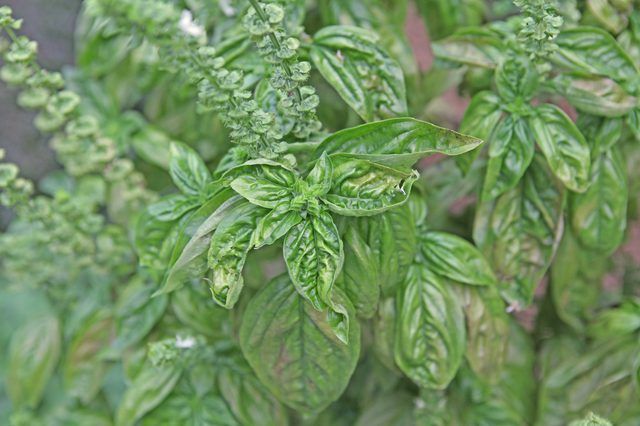
If your herbs' needs don't match your garden's soil conditions, then growing herbs in pots solves a wealth of problems. If hard-packed soil or a patio is the only place that gets sunlight, for example, then grow basil and other sun-lovers in containers. Start with clean plant pots that have bottom drainage holes; small containers will do for most single plants, or use large containers for plant groupings. Fill each pot with sterile potting soil. Watering potted herbs' soil daily is necessary because soil in containers dries out more quickly than soil in the ground. Take potted tender perennials indoors before the first frost, and set them out again the following spring.
